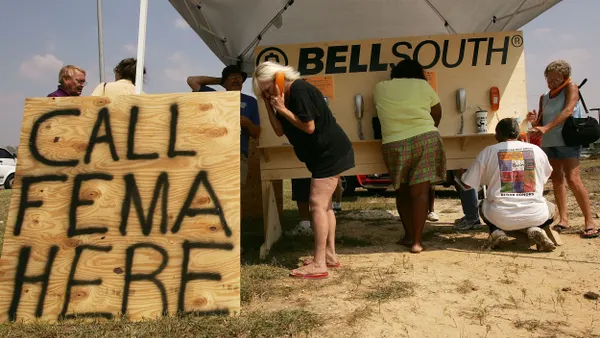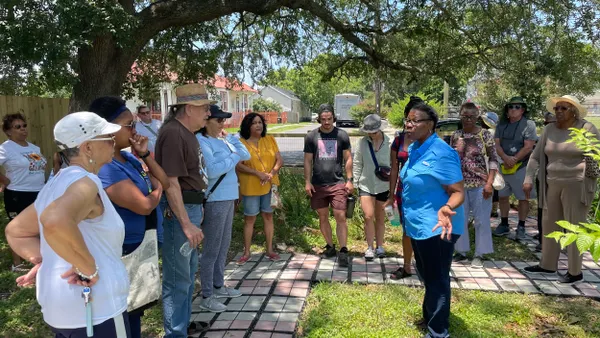Dive Brief:
- The Biden administration announced last week 10 university-based climate resilience centers that will work on predicting local risks posed by climate change-fueled weather hazards.
- Equipped with a total of $10 million in federal dollars, the centers will also connect with community stakeholders to help “translate basic research into actionable science,” according to a U.S. Department of Energy news release.
- The centers will have access to the resources of DOE’s national laboratories, including modeling and data, “to develop the tools communities will need to inform future decisions for building resiliency,” U.S. Energy Secretary Jennifer Granholm said in a statement.
Dive Insight:
Climate change is fueling extreme weather that is increasingly intense and has expensive impacts, warned the Fifth National Climate Assessment, a federal report published in November. Communities’ adaptation efforts so far are not enough to keep pace, it found. By the early 2030s, Earth is likely to pass a temperature threshold — 1.5 degrees Celsius above preindustrial levels — that scientists say will lead to climate disasters so extreme that people won’t be able to adapt, according to a United Nations climate report issued last year.
The White House is attempting to bulk up communities’ access to science-based information and resources to address the problem. It announced $5 million for six other climate resilience centers in September. Then in May, the administration announced more than $4.5 million to establish two research centers focused on heat monitoring and resilience. V. Kelly Turner, a lead researcher at the Los Angeles-based center, said at the time that communities historically have lacked a comprehensive approach to heat and its impacts, which she believes will be needed “to meet the scale and scope of the problem.”
Climate resilience centers announced in August
Nature-based solutions appear to be gaining popularity among U.S. cities hoping to build resilience. A recent analysis of 54 climate adaptation plans finds that such approaches were the most numerous across the documents. Nature-based solutions entail leveraging the natural world, from trees to wetlands, to protect communities and infrastructure from extreme weather.











